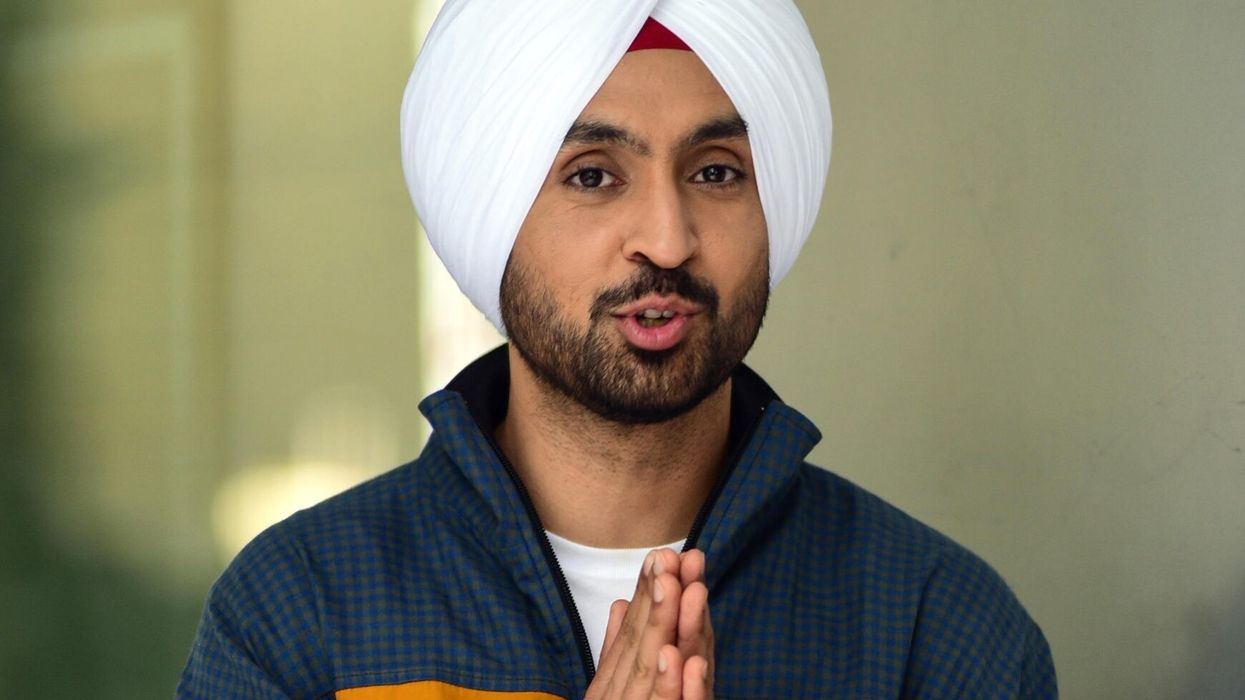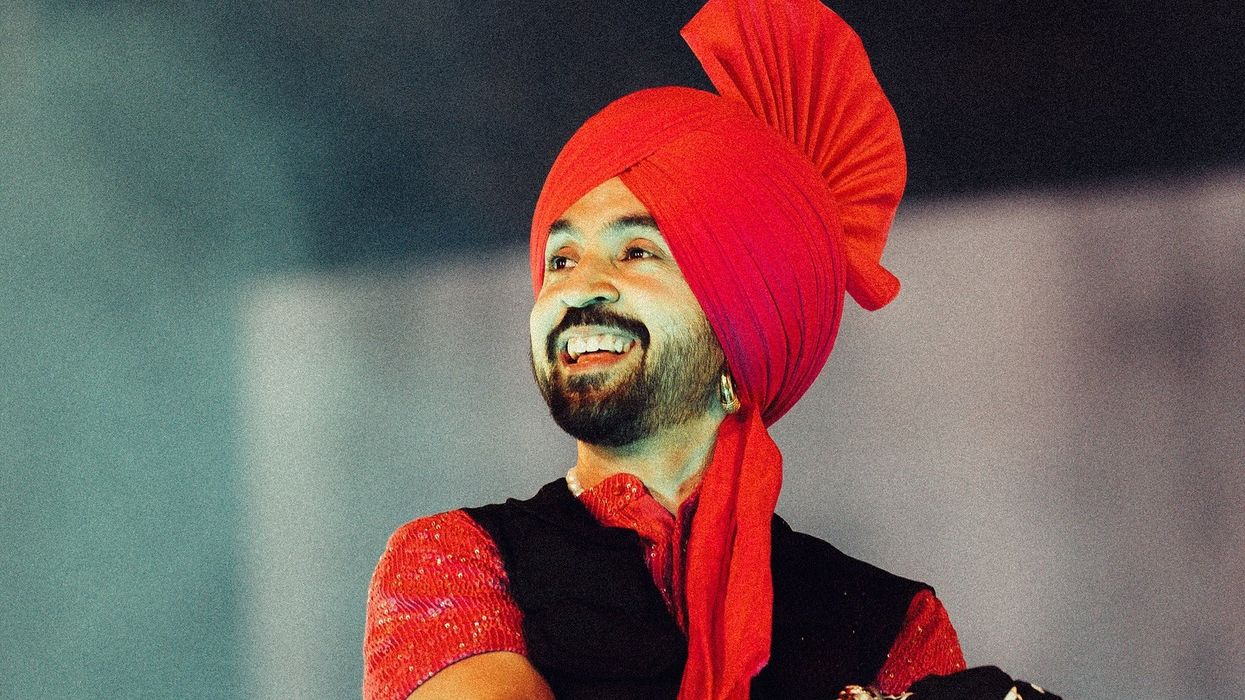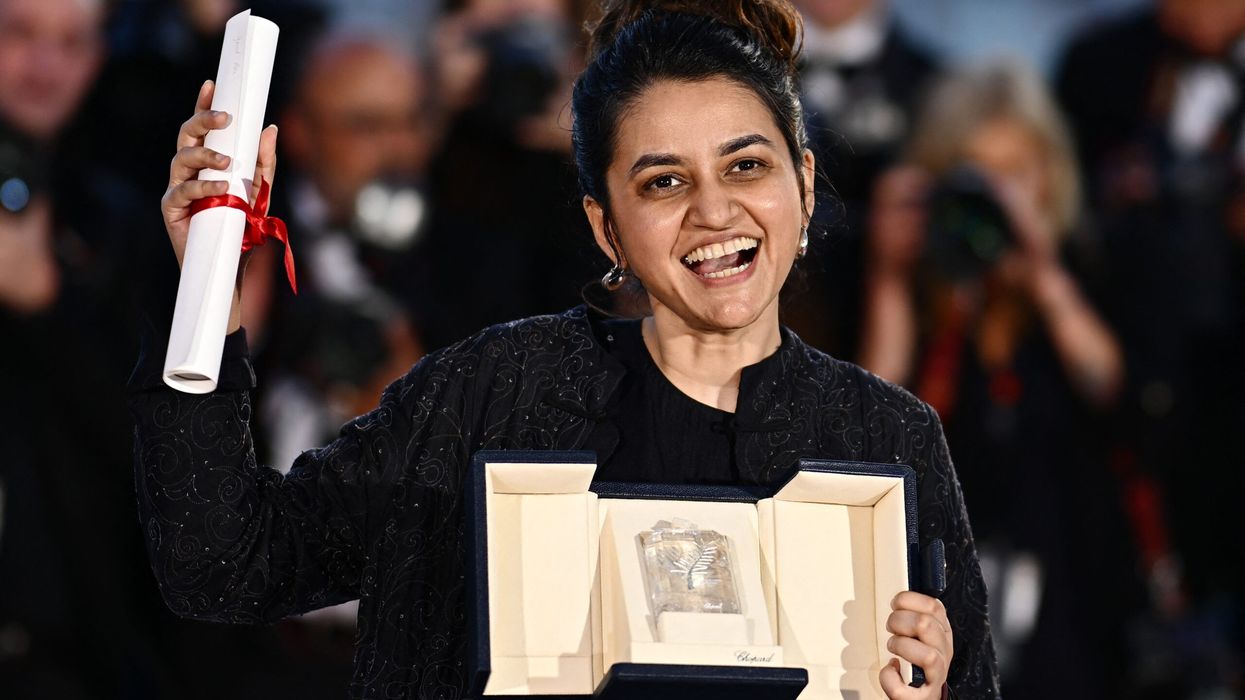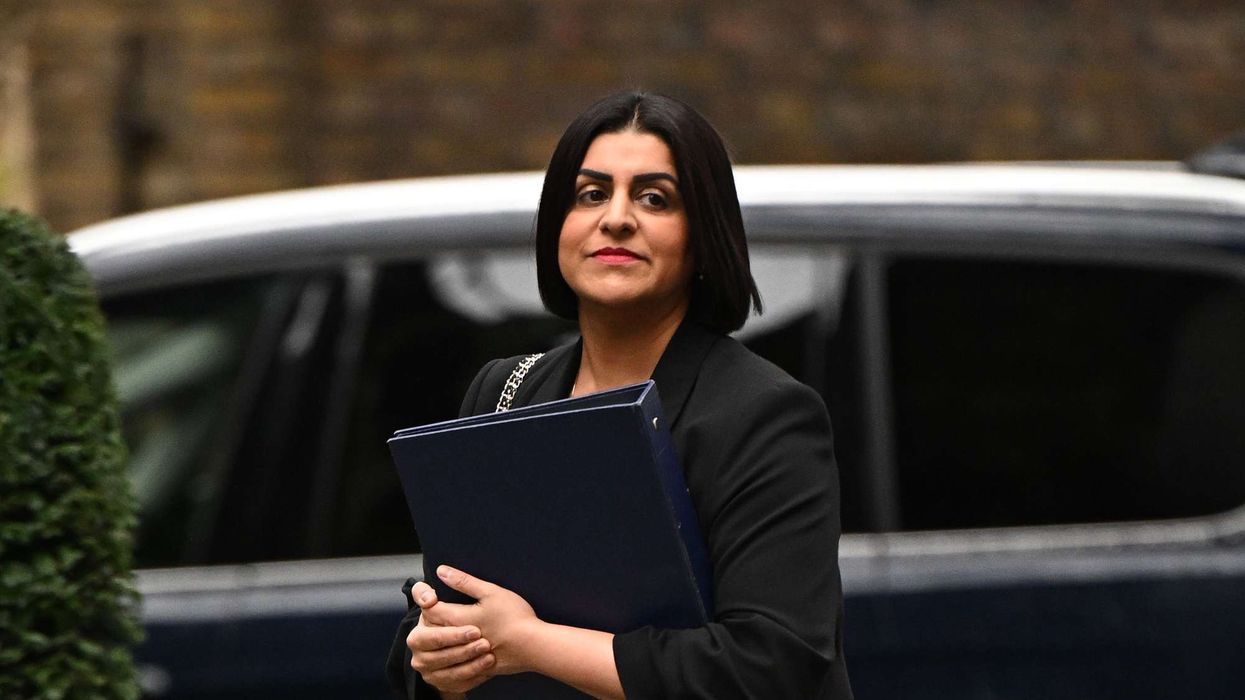by Zara Shafiq Khan
“Being an art student I have always had a huge interest in visiting old monumental and historical places. I like to travel and I’m sure most reading this do too. Travel educates us about different culture and societies, which ultimately serves as a very important learning tool. So I’m going to share some of the really cool historical places that are on my bucket list and ones that I plan to visit some day,” said Zara Shafiq Khan.
Stonehenge: There is uncertainty about the usage of these ancient runes, which remain quite a mystery to date. While some say it was religious rituals, no one has been able to definitively figure out its purpose and it’s too bad that we will never know what this place was about. That doesn’t take anything away from the magnificence.
The pyramids of Giza: Egyptian civilisation, art, myths and the great pyramids have fascinated me. The Great Pyramid of Giza is the oldest and largest of the three in that complex. Constructed in the Fourth Dynasty of Egypt, it is still shrouded in mystery and that only adds to its appeal.
The Colosseum: Also known as the Flavian Amphitheatre, it is in the centre of the city of Rome, Italy. Construction began under emperor Vespasian in AD 72 and was completed in AD 80 under his successor and heir, Titus. A monument that was used for gladiatorial contests and public spectacles is a tourist hot spot today.
The Parthenon: This ancient temple dedicated to the goddess Athena stands as a symbol of the power of Athens and a testament to the Greek civilisation. This is the most important surviving building of classical Greece. After the Ottoman conquest, it was turned into a mosque in the early 1460s.
Santorini: Located in the southern Aegean sea, it is the largest island of a small, circular archipelago, which bears the same name and is the remnant of a volcanic caldera. My dream is one day to see the famous sunset of Imerovigli, which is a village on the island of Santorini, adjacent to the north of the island capital Fira. The blue dorms and the whitewashed, cubi form houses of its two principal towns, Fira and Oia are a great example of harmony and giving a peaceful feeling.
The Ajanta Caves: These caves simply amaze me. They are 30 (approximately) rock-cut Buddhist cave monuments, which date back to the ancient civilisations. The caves include paintings and rock-cut sculptures described as among the finest surviving examples of ancient Indian art. They are particularly expressive paintings that present emotion through gesture, pose and form.
Sagrada Familia: A large Roman Catholic church in Barcelona, Catalonia, designed by Catalan architect Antoni Gaudí. Although incomplete, the church is a UNESCO World Heritage Site, and in November 2010, Pope Benedict XVI consecrated it a minor basilica, as distinct from a cathedral, which must be the seat of a bishop. Construction of Sagrada Família had commenced in 1882 and Gaudí became involved in 1883, taking over the project and transforming it with his architectural and engineering style, combining Gothic and curvili near art nouveau forms.
Temple Mount: This was used as a religious site for thousands of years. At least four religious traditions are known to have made use of the Temple Mount; Judaism, Christianity, Islam and the Romas. The present site is dominated by three monumental structures from the early Umayyad period; the Al-Aqsa Mosque, The Dome of the Rock and The Dome of the Chain.
Sultan Ahmed mosque: Popularly known as the blue mosque because of the tiles adorning the walls of its interior, it was built from 1609 to 1616, during the rule of Ahmed I. Persia’s architecture and their art are full of rich colours, which inspire me a lot.
Lumbini, Nepal: Being a die-hard fan of Buddha, my dream is one day to visit Lumbini, Nepal. Lumbini is one of many magnets for pilgrimage that sprang up in places pivotal to the life of the Buddha. Lumbini was made a World Heritage Site status by Unesco in 1997.
(Zara Shafiq Khan is a former model and fashion designer, who is currently the creative head of a major events company in Dubai).





 Strictly Come Dancing ends on a tense live night with one contender pulling ahead late Instagram/kazcarney
Strictly Come Dancing ends on a tense live night with one contender pulling ahead late Instagram/kazcarney 





